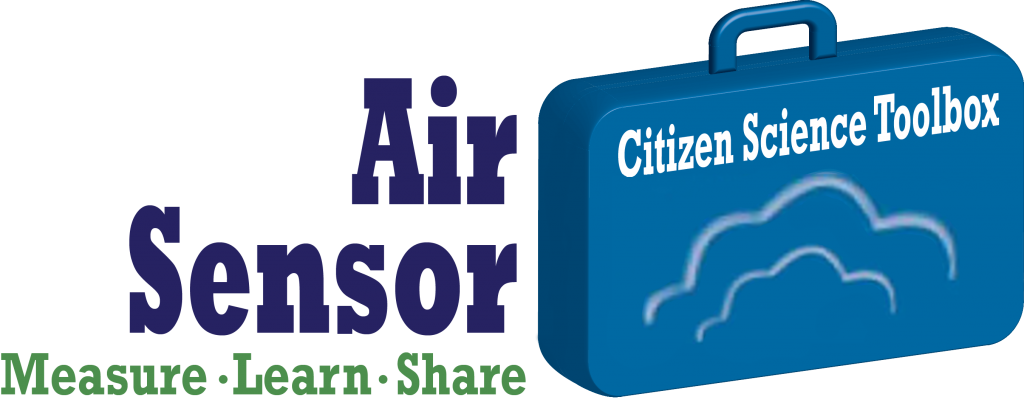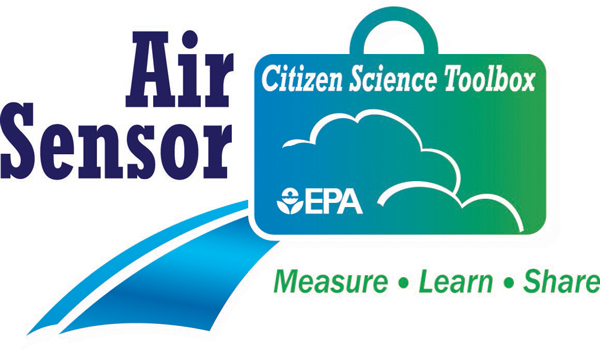Taking Air Sensors to Communities
By Joel Creswell
When I read about air quality in the news, it’s often described as a large scale problem where entire cities or states are being affected. While it’s important to think about these problems on a larger scale, I often wonder more about what’s happening in my neighborhood. Does the air I breathe while walking my dog down a busy street affect my health? What about if there is construction on my block or an industrial facility down the road? After all, what I really want to know about is what I’m being exposed to–something that information about regional air quality doesn’t fully capture.
 EPA has a team of people working to make low-cost tools for community and personal air pollution monitoring more accessible. They have produced a multitude of resources to help people find the right tool to use and to make sure they’re using it correctly. These include the Air Sensor Toolbox for Citizen Scientists, air sensor performance evaluations, and a set of curriculum materials for teachers on air quality and climate change. EPA also recently awarded six community air monitoring grants to organizations around the country addressing the challenges of using low-cost tools to monitor local air quality.
EPA has a team of people working to make low-cost tools for community and personal air pollution monitoring more accessible. They have produced a multitude of resources to help people find the right tool to use and to make sure they’re using it correctly. These include the Air Sensor Toolbox for Citizen Scientists, air sensor performance evaluations, and a set of curriculum materials for teachers on air quality and climate change. EPA also recently awarded six community air monitoring grants to organizations around the country addressing the challenges of using low-cost tools to monitor local air quality.
Aside from grant funding, one of the best ways we can help individuals understand their exposure to air pollution is to meet with community leaders and help them address their air quality monitoring needs. I had just such an opportunity recently, when I attended the 2016 Summit to Revitalize Vulnerable Communities. My colleague Dan Bator, an Environmental Health Fellow for the Association of Schools and Programs of Public Health, and I demonstrated two low-cost monitoring technologies for airborne fine particulate matter. One was an air sensor for educational purposes only (pictured) that you can build yourself using these simple instructions and parts you can buy online. The other was the AirBeam, an off-the-shelf device developed by the non-profit group HabitatMap. Over the course of an evening, Dan and I spoke to numerous community leaders about how low-cost air sensors work and how they can measure air quality in communities and provide data to address environmental justice issues.
The problems described by community leaders varied. One was worried about the volume of traffic from a nearby port while children are going to and from school. One was concerned about industrial facilities. Another was interested in the impacts of a highway in her community. All were excited to learn that there were tools they could use to conduct their own air quality monitoring. These low-cost air quality monitors are not as accurate as the high-precision instruments used for regional and national monitoring, but the ability to monitor air quality at the local level empowers communities to address their concerns with real data.
Measuring my own air quality is important to me too. I built a particulate matter sensor using the instructions above. I’ve used it to measure the air inside my house and on my block. This gives me an idea of when pollution around me is high and when I should think about reducing my exposure, such as avoiding strenuous exercise outdoors. To help me understand my sensor readings and what actions to take, EPA has launched a pilot project to develop a scale for air sensors that provide data in short time increments. I also check the regional air quality forecast on AirNow.gov. Both can help me protect my health.
About the author: Joel Creswell is an environmental chemist and a AAAS Fellow on the EPA Office of Research and Development’s Innovation Team. Prior to coming to EPA, he worked on developing environmental trace metals analyzers for a scientific instrument company.















